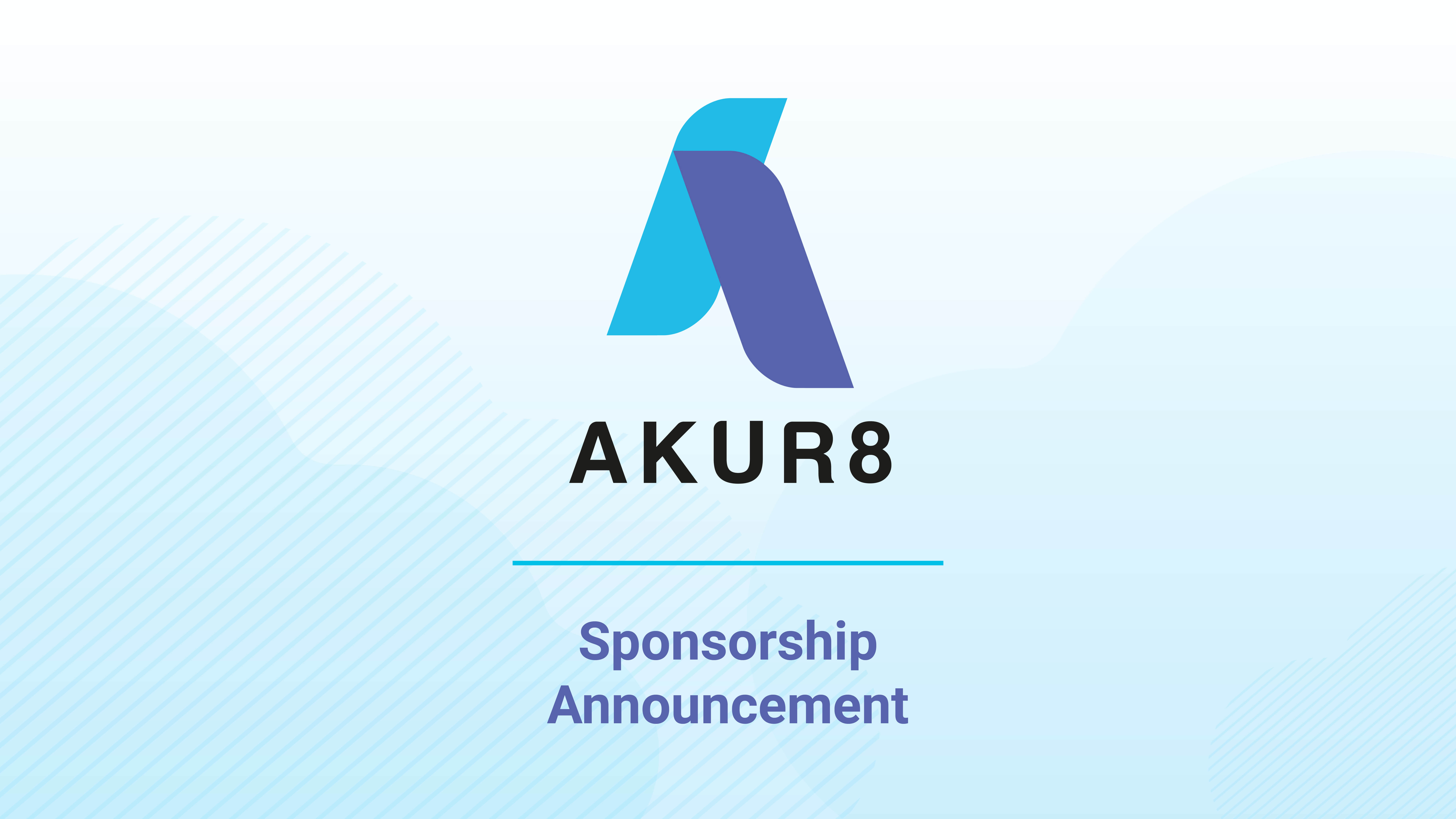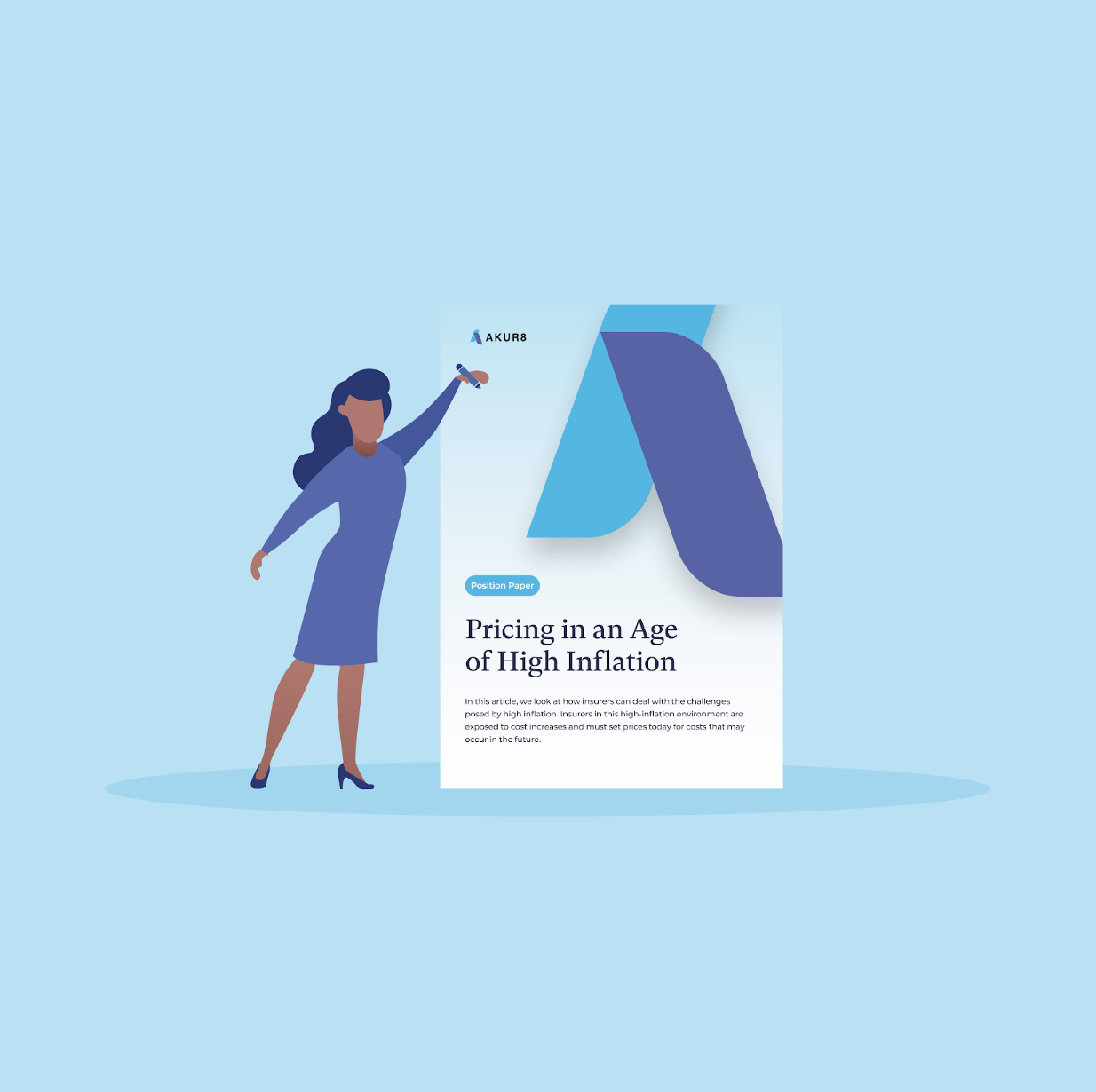🎙 Unveiling the Future of Insurance: Insights from Industry Leaders


In the fast-paced world of insurance, staying ahead means embracing innovation and navigating through evolving trends. Akur8 recently conducted a series of interviews with industry experts, asking them to share with us their firsthand experiences and perspectives on the transformative role of technology, the evolution of actuarial practices, and the position of companies like Akur8 in this changing landscape.
Here we present insights from our discussion with Roger Arnemann, who was the General Manager & SVP of Guidewire Analytics, leading the global effort to scale Guidewire analytics and data products that enable 350+ customers. Roger ran all analytics businesses, drove partnerships, InsurTech investments, and the acquisition and integration of HazardHub. He has also served as CPO at Arceo.ai, CPO & COO at Nomis Solutions, and held multiple roles at RMS over 15 years, including Head of Global Consulting and Securitization. Roger holds a triple major in English, Economics and Earth Systems and a Masters in Earth Systems from Stanford University.
What new technologies would you say are creating opportunities for innovation and driving growth in the insurance industry?
The insurance industry has been unfairly criticized for lagging behind in innovation compared to sectors like FinTech and B2C industries. However, it's important to recognize the unique role that insurance plays in safeguarding our homes, cars, and livelihoods. Insurance companies must prioritize careful risk management to maintain stability and reliability, particularly during challenging times. So while there's definitely room for innovation, it's essential for insurance to maintain a level of conservatism to effectively fulfill its societal role.
The second point I’d make is the fast pace of innovation in insurance is remarkable. There's an abundance of new capabilities flooding the market, both from insurers and InsurTech companies. The real challenge lies not in finding new capabilities, but in sifting through an overwhelming set of options to determine which subset are the most impactful to achieve current goals. With a plethora of options available, selecting the most effective strategies has become a significant task for insurance companies. Engaging with 150 InsurTechs is simply not feasible.
My personal mission across my career is to make the world more insurable. There’s an old adage that says, “if you can price it, you can write it.” Enhancing insurers' ability to quantify, price and confidently write risk means that we can expand coverage to protect more people, businesses and assets. That’s a really important mission.
How do you anticipate the actuarial profession will evolve over time, and how does the integration of data science principles and techniques relate to this?
I’m really excited about the cross-pollination between our established rigorous actuarial methods and the transformative power of data science techniques. Sometimes people feel there is a tension between these approaches, but there shouldn’t be. Using data science techniques allows for rapid experimentation with various model forms, enabling quick iteration that can then be integrated with the meticulous rigor of traditional actuarial methodologies. When we combine them, we can extend our products to more customers, while ensuring that our pricing and market segmentation align with the risks and customers we're targeting.
And the results are already quite impressive as this integration continues to accelerate. I'm eager to witness these groups collaborating more closely and eventually merging into a unified team. Many companies have established data science teams under the assumption that data science is a horizontal skill set that can be applied to various tasks. While this approach has its merits, the perspective is shifting as data science techniques are now seen as essential tools that compliment existing disciplines, rather than standalone approaches. It's about integrating these techniques seamlessly into the pricing process, empowering insurers to price accurately and confidently without the arduous tasks that previously consumed much of their time and resources. By streamlining data preparation, model generation and analysis, we free up valuable resources for insurers to focus on the art of pricing, rather than getting bogged down in preparatory tasks.
Where do you see Akur8 within this evolving ecosystem?
Akur8 is the tip of the spear. In my opinion, it’s the most important discipline within an insurance company, and everything starts with pricing. Without appropriately pricing risk, the foundation of the business is compromised. Accurately pricing risk sets the stage for effectively serving clients and running a successful business for customers and shareholders.
I'm excited to be part of the Akur8 team! We are a passionate group of experts who seek to thoughtfully improve insurance through better pricing. Our products are elegant and meticulously designed to support our mission to make complex tasks, like evaluating pricing schemes, more approachable for everyone, regardless of their background.
Pricing is not a static exercise, it’s a dynamic process because the underlying risks that we represent are always changing. Through pricing, we continuously learn what works, what doesn't, and how to improve. It's essential for a pricing system to have a strong feedback loop to understand what we've learned from previous pricing decisions and how we can improve in the future. Like building software products, pricing is about collaborating with colleagues to constantly refine the approach.
More news & press releases


.jpg)
.jpg)


.jpg)







.jpg)


.jpg)


.jpg)





.jpg)



%20(1).jpg)
.jpg)
.jpg)
.jpg)

















.jpg)



.jpg)


.png)


.jpeg)




.jpg)









